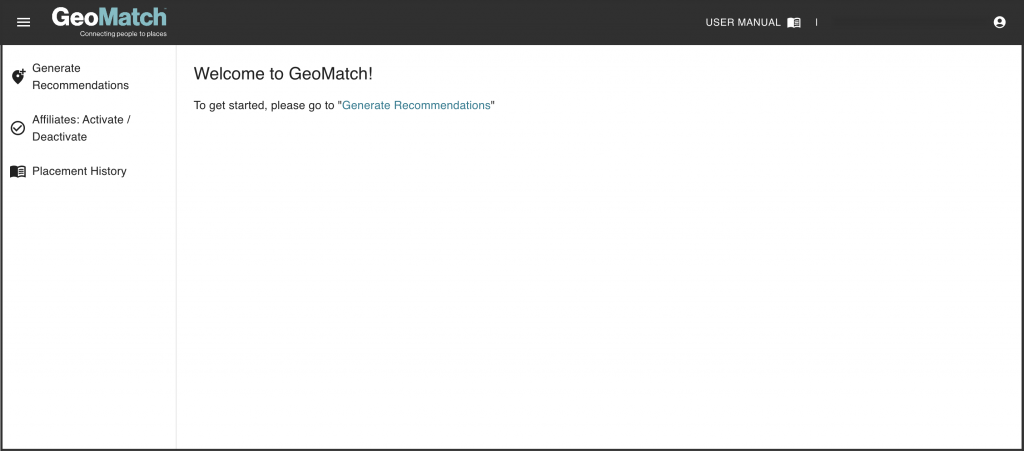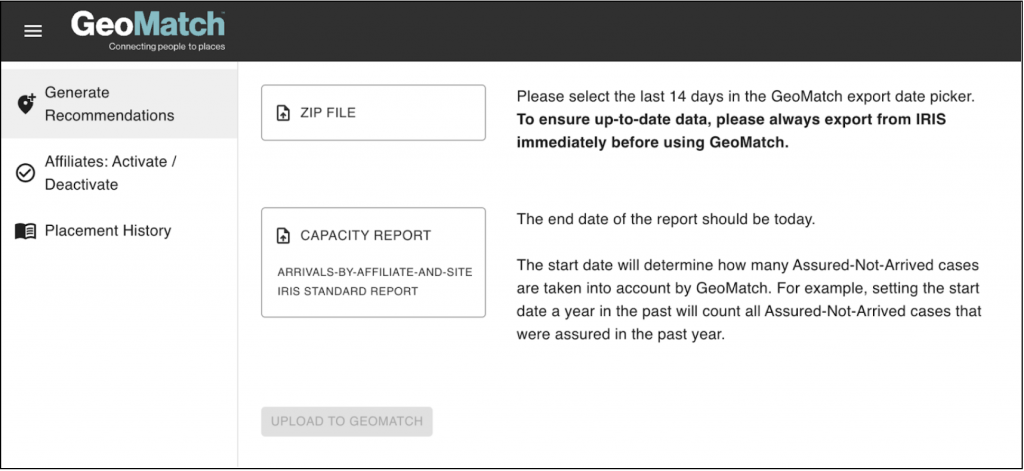See how we’re putting IPL’s matching technology to work in refugee resettlement pilot programs in the United States.
Refugees and asylum seekers who flee to another country must make challenging, life-altering decisions. Which route is the safest? Who in our family should be the ones to move if everyone cannot? And where do I have the best chance at starting a new life and putting down roots?
AI-powered tools can transform the way we approach these questions, allowing us to combine insights from big data with the expertise of service providers and governments. To bring much-needed innovation to the challenges presented by forced displacement, IPL developed a first-of-its kind algorithm to match asylum seekers and refugees to host communities where they are most likely to succeed.
The algorithm uses historical data on refugees and their experiences to learn about the ways in which refugees’ personal characteristics interact with the geographic context in which they resettle to affect integration outcomes. Outcomes include information such as how soon they were able to find employment, what types of jobs they found, and whether or not they moved to a new location after their initial resettlement.
Here’s how it works:
- Historical data about past refugees and their integration outcomes is used as an input into the algorithm
- The algorithm develops models to predict integration outcomes based on trends and patterns in the historical data
- The algorithm receives new data on the personal characteristics of incoming refugees
- The algorithm predicts how well these newcomers will do in various locations
- These predictions are used to generate location recommendations for placement officers
After testing the algorithm on historical data, IPL researchers demonstrated that algorithmic matching could boost employment rates by 40-70 percent among refugees in the United States and asylum seekers in Switzerland.
The Algorithm in Action
Working closely with several U.S. resettlement agencies, we are building out a pilot implementation of the refugee matching tool. Processing and placement officers at these agencies will make placement decisions with the help of our software, which will recommend optimal locations for a subset of refugees.
Our software can apply the algorithm to any country’s unique resettlement system. It also incorporates the restrictions and other policies a country might have in place when it comes to resettling refugees and asylum seekers. For example, some locations may be unable to take refugees with certain medical needs, while others may not have housing available for large families.
How exactly will placement officers use IPL’s software in real time for incoming refugees? The process takes just three steps.
First, placement officers enter each refugee’s individual and family characteristics. Second, they incorporate or update any constraints based on laws, programmatic restrictions, or resources. Third, placement officers run the IPL matching algorithm, which recommends the location where each family is most likely to have success finding employment.
When users log in, the dashboard they see will be customized to each agency’s preferences. It can display static content, such as a “How-to” guide, or dynamic content, such as the number of cases placed since the beginning of the year. On the left side of the dashboard is a menu of options to adjust the matching parameters, for example by selecting the locations to be activated as potential placement recommendations:

Here, placement officers can either upload a CSV file of new cases or manually input data to generate placement recommendations:

As the pilot program evolves, we’ll be learning how best to tailor the software to serve various settings and integration goals. The U.S. resettlement agencies are essential partners in this learning process. Nina Zelic, Senior Director for Refugee and Migrant Services at the Lutheran Refugee and Immigration Service (LIRS), says, “LIRS is very excited to see its partnership with Stanford’s Immigration Policy Lab deepen as we further develop the placement algorithm. We hope that by using the placement algorithm refugees’ integration prospects will increase through improved employment outcomes and other important integration indicators. LIRS is committed to innovation and learning by working with forward-thinking partners like the Immigration Policy Lab.”
Your Algorithm
Interested in applying this approach to your own context? The code to the IPL matching algorithm is open source and available for adoption in a wide variety of migration contexts. The software is intuitive, easy to learn, and has been deployed in Switzerland and the U.S.
If you are interested in partnering with us to implement an algorithm and software tailored to your country and program, please contact GeoMatch Director Michael Hotard at mhotard@stanford.edu to schedule an initial meeting.
Thanks to the generous support of the Rockefeller Foundation, Schmidt Futures, and the Stanford Institute for Human-Centered Artificial Intelligence, IPL has the resources and the expertise to quickly test and deploy this innovative technology around the globe.
For more details, see our research in Science, download the GeoMatch fact sheet, or watch this video:







